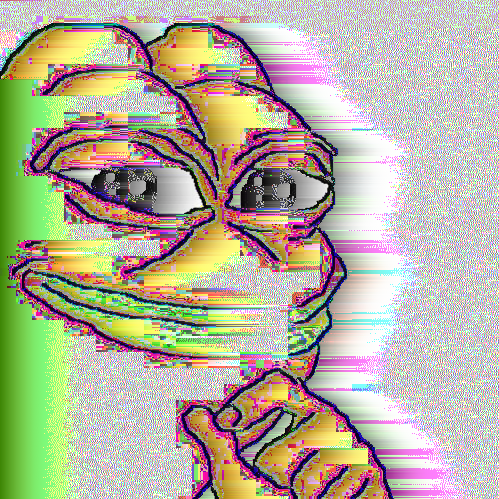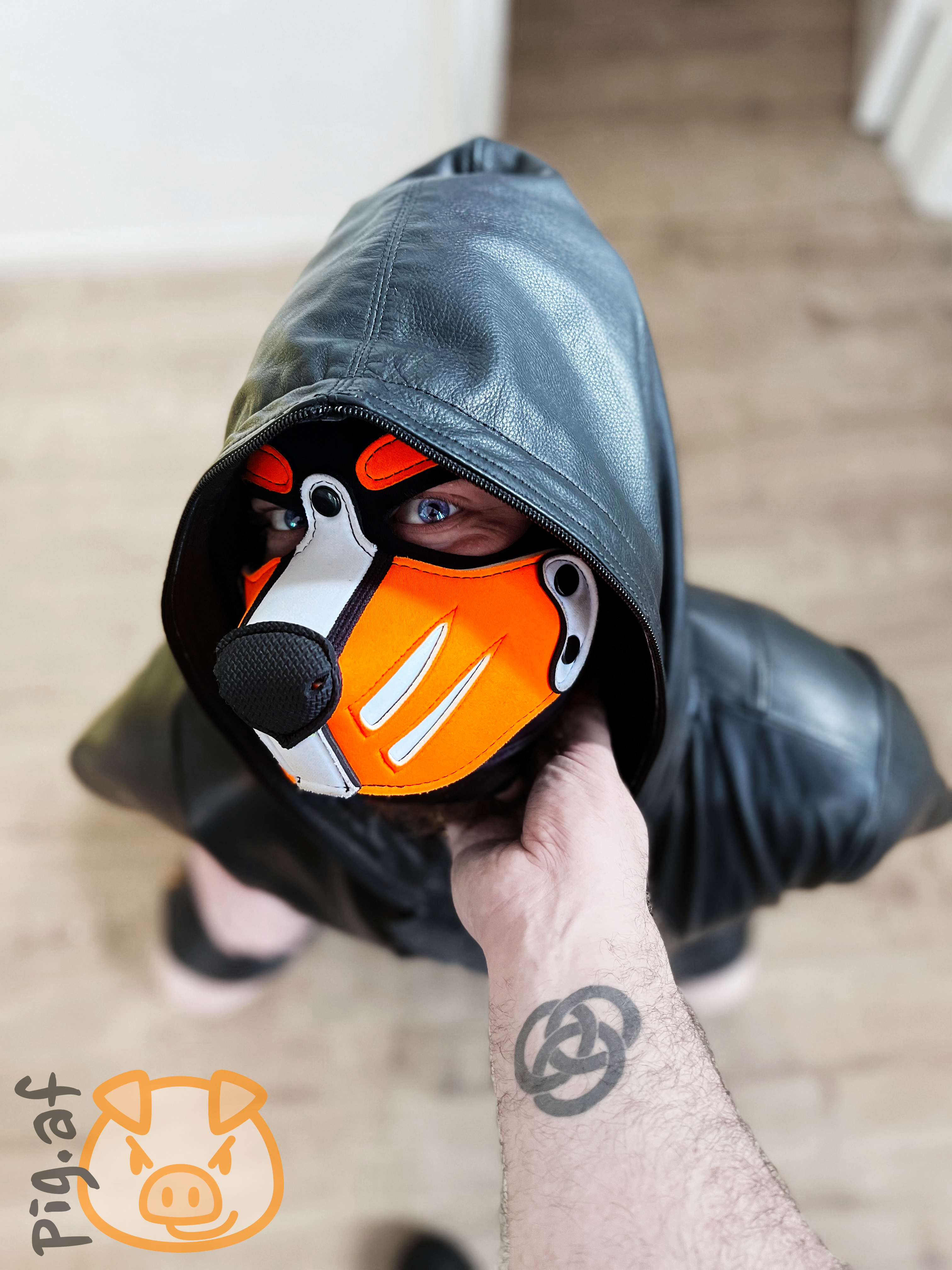TIL Deadpool is a sponge.
Do they regrow their body or a new body made from the same parts?
New ship of Theseus just dropped
What the fuck is Theseus doing over there?
How many animals have we ground up and put through a sieve into salt water to be this confident about it being the only animal that can do this? I need sources.
I think there’s nematodes that we’ve blended up before, but instead you get a bunch of nematodes instead of just one.
“Hey, Bob, watcha getting up to?”
“I’m just chopping up these worms.”
“… Why?”
“… sssssscience?”
“Holy shit, they’re all functioning individually!”
“Oh, thank fu- I mean, yeah, that’s what I was testing for. …Do we have any dogs?”
“…”
what’s a nematode?
basically tiny worms, often shorter than a few milimeters. it’s the name for a whole group of different species, so some are microscopic while some can be several cm long
I mean, enough that manufacturing of homogenizers is a thing. https://improbable.com/2021/05/13/shakespeare-and-the-whole-mouse-homogenizer/?amp=1
The ad features the comforting headline: “Only the Polytron reduces an entire mouse to a soup-like homogenate in 30 seconds”
is this the biologist’s equivalent of “assume a flat, frictionless plane”
Assume A Perfectly Homogeneous Liquid Mouse
now that’s what i call molecular biology!
I shouldn’t have asked for sources…
I’m trying with a dog now, the hamster and the cat didn’t work…
Ed… ward…
No…
Like Deadpool
What if you cut it in half first, would the ground up halves restore to half a sponge?
Then what if you stir the sponge powder and remove half.
So, my assumption is: separated cells with the same genetic code, or some other biomarker of “individuality” that might not technically be unique, will attach to each other given the chance.
Super quick research suggests they don’t have organs or a nervous system, but do have specialized bits like flagella to move water through their pores/tunnels. The majority of the cells just … are. Sounds more like a colony of genetically identical cells than a single multi-cellular creature (to me), but I assume biologists have much more information and reason to consider them the way they do.
So could we clone them and then grow them larger again, then once they regrow combine them into a super sponge!
I dug around for a little bit, and it seems like the answer might be yes. Take what follows with a grain of salt, as I skimmed or read a few sources focused on different things and have done my best to reproduce a full picture.
First, some basic facts. Sponges anchor to the seabed (freshwater ones anchor to the dirt at the bottom of a lake/whatever). Sponge cells can move around each other and rearrange, part of their normal functioning, to keep water flowing through themselves efficiently for respiration and food capture.
Next, the mechanisms of reconstruction from a soup of sponge cells. As they bump into each other and recognize their own kind, sponge cells manage to hold together and hope for ground to attach to. They flatten out, presumably both to improve grip to the ground and to provide a large surface area for more cells to join. As long as the new colony ends up with enough of two specific kinds of cells (one makes connective mesohyl, the other makes everything else), it can grow.
The main thing I couldn’t (quickly) find is specific confirmation that two healthy, stable colonies coming from a single halved source sponge can reattach, or if the reaggregation process only works following injury or during some kind of stress. Since the cells normally move around, though, it seems reasonable that this could work.
Based on all that and assuming their aren’t other factors for sponge cells recognizing each other not entirely based on DNA, then presumably clones could also be attached.
Note that sponges don’t actually stop growing. Their main limits are resource needs and predation, since some sea life likes to take nibbles or bites out of them (that’s possibly a factor to why they are so adept at reorganization). So if your question involved cloning (rather than reattachment) only to get around a rough maximum size or early-life growth period that stops, it shouldn’t be necessary.
Give this person a grant and let them sciencify please
I have had new ideas too, what if you combine fractions of different sponges?
Would have been better without the dumb AI image
How many other animals did they put through a sieve to reach this conclusion? How many?!
idk all of them I guess

To shreds you say
And that’s why we have a lot of shredded stuff recipes.
After they realised that the subject didn’t reassemble, they then went ahead to do other tests with the shredded matter, one of which was cooking and eating them.

Many, many poor little creatures with simpler or more robust or segmented nervous systems. Mostly common worms, cnidarians, starfish, metamorphosing insects, and more in that line of thought. It’s common in college bio to watch planarians unmangle themselves. Sucks for them, but they get food and relative safety, so I’ve always considered it an even trade
If you mix up the grindings of multiple sponges, do they only recombine with their own cells?
Excellent question!
Now on to the grinder…
Did I hear on to Grindr?
Hell yes, let’s do science!Ooh I hope Science is cute!
You do you… And me? 😘
Based on the link sent by [email protected] above, it seems somewhat unlikely. The video mentions that the sponge recombines into multiple small sponges, meaning the cells don’t necessarily remember the original form.
I very well could be wrong in my interpretation though
The real scientist here asking the real questions
There seem to be many of these multicellular animals who don’t feel like a singular individual animal. I was commenting on a post a few months ago about the most genetically simple multicellular animal, this thing has less base pairs than most bacteria, and it can also do this trick where disassociated cells recombine into new individuals. This creature also reproduce sexually if and only if the concentration of fellow individuals is high enough, cells will just leave the body and join a new one like for fun. It really calls into question what an individual is.
I guess it makes sense that multicellularity would be more of a spectrum than a binary condition. If life evolved into it gradually, then it would make sense to find a lot of “intermediate” evolutionary states that don’t feel like they’re distinctly one or the other.
My body still repairs itself while I dissociate. Does that count?
Fact: Spongebob can teleport
Ah, yes, I too read The Bikini Bottom Horror
Don’t caterpillars turn thier cells to mush when they turn into butterflys?
Yeah, but I don’t think it works with a grinder.
However, apparently caterpillars retain memories from their caterpillar form when in butterfly form! That’s pretty cool.
Bro, the whole process of going from caterpillar-> goo->butterfly creeps me out.
I’m sure it is fascinating. But also, nope.
Very fair point.
My friends never seen a butterfly on grinder yet, so I think you’re right.
Seriously though, the whole memory retention thing is amazing
deleted by creator
They don’t completely turn to goo, structures are already there in caterpillar form. https://youtu.be/4RaCURU6A2o
Cool video
It certifies my lifelong belief that butterflies love ass to ass!Unlike the human centipede…
We need more studies to be sure.
How do they know other lifeforms do not do that?
Answer me! How do they know?!
SCIENCE
and imagination 🌈
No testing?!
That’s the science part!
So, when they reassemble does it start with the middle finger?
Without a nervous system, the only thing it can feel is ANGER.













